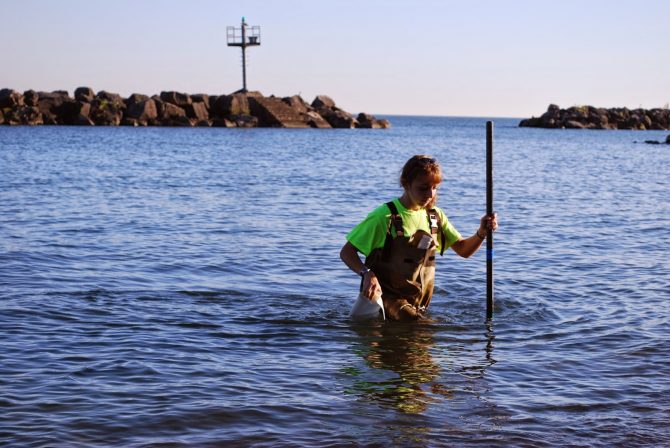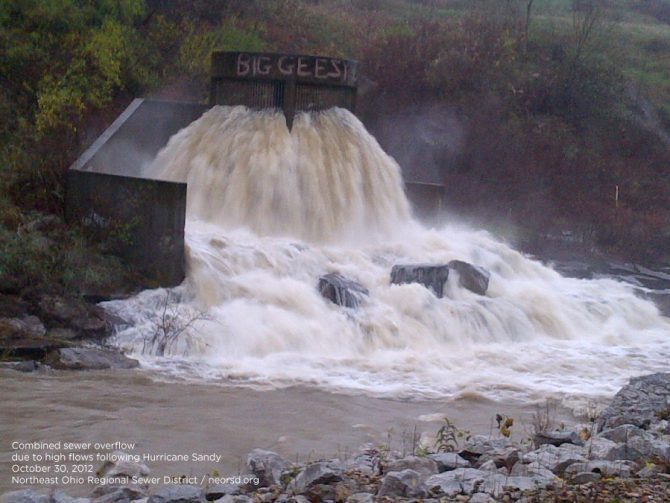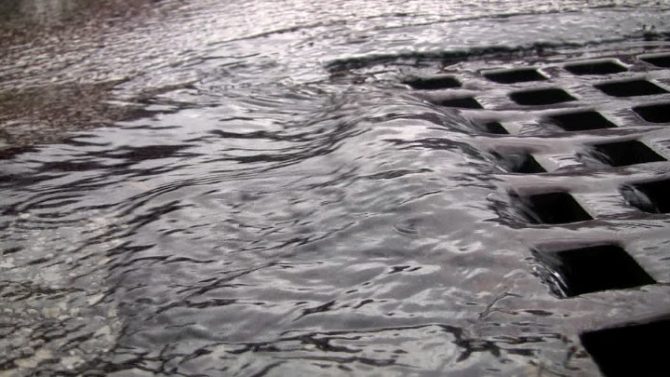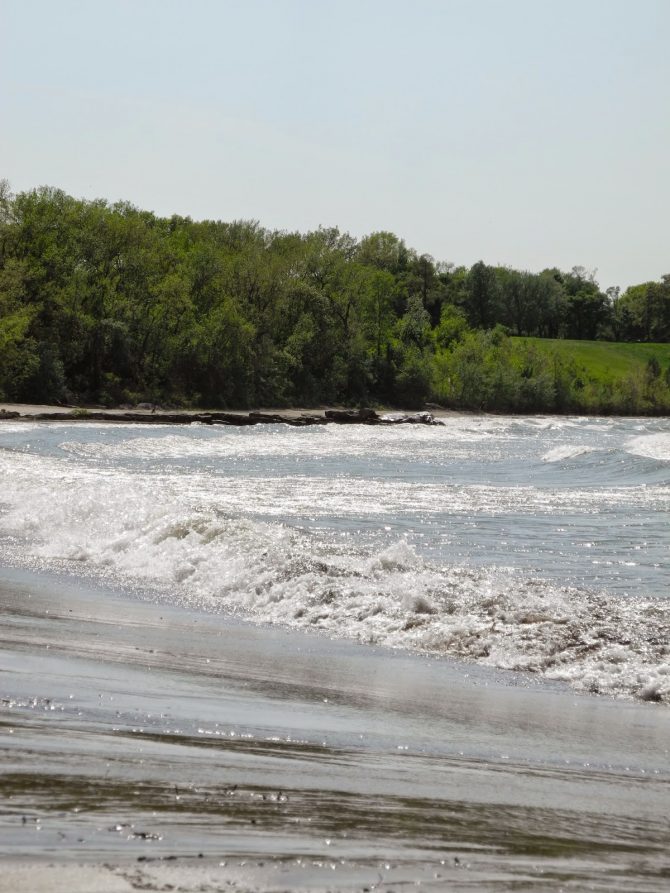
ALGAE: 5 things you should know before Friday’s state Lake Erie algae meeting
Posted by Jared Shepherd
- 4256 Views
- August 13th, 2014
- in Miscellaneous
- No Comments
 |
| Collecting beach water quality samples at Villa Angela Beach in Cleveland. |
Since State Senator Randy Gardner and Representative Chris Redfern are hosting a special meeting of the Lake Erie Legislative Caucus this Friday—focusing
on algae problems plaguing the lake and, most recently, the Toledo
area’s drinking water—here are 5 important points to help frame the
discussion.
The toxic algae problem has been recurring for years. Then again, river fires were once a recurring problem, too.
We
believe Toledo’s water emergency could be the Cuyahoga River fire of
this generation. Few realize that the 1969 blaze was one of at least 13 different Cuyahoga River fires since 1860; the last event became a turning point for many reasons, inspiring the creation of the Environmental Protection Agency and the Clean Water Act. It inspired action.“It
took numerous fires on the river and decades to develop and implement a
regulatory strategy to address the issues that faced the Cuyahoga River
and other waterways at that time,” says Director of Watershed Programs
Frank Greenland. “We cannot afford to wait to develop a comprehensive
response to the issue of algal blooms in our waterways. Public health
depends upon an appropriate and timely response.”Could this be that moment?
“Point” and “nonpoint” sources are different, but they both require regulation.
The Clean Water Act has effectively reduced the discharge of pollutants, including nutrients, from “point sources” like treatment plant discharges and combined sewer overflows
(shown at left). But it has fallen short in addressing “nonpoint
sources” like phosphorus in agricultural runoff. One without the other
can not address the problem comprehensively, Greenland explained.“The
current Clean Water Act is ill-equipped to regulate ‘nonpoint sources’
of nutrient pollution. As a result, our efforts alone will not resolve
the nutrient problem in Ohio, despite significant investments Ohio’s
wastewater utilities have made—and will continue to make—to address this
problem.“To solve the problem, the primary sources of excess nutrients in Ohio need to be controlled.”
Current programs will help, but solutions come through collaboration.
In Northeast Ohio, investments like Project Clean Lake and the case for a Regional Stormwater Management Program will further protect our waterways. But it can not stop there.
“[We
believe] Ohio must develop an economical, comprehensive
nutrient-reduction program,” Greenland says, one that accounts for
nutrient contributions of both regulated ‘point’ and non-regulated
‘nonpoint’ sources.“Such a program would require
agricultural operations to reduce nutrient pollution, while still
recognizing their vital role in supporting our State economy.”
What if the Clean Water Act was voluntary?
In recent months, Ohio passed legislation SB150,
which requires farmers who use commercial fertilizers to be certified
by the State and encourage them to develop “nutrient management plans”
to demonstrate they are working to control their land’s runoff.
Developing the plans is voluntary.“SB 150 does not
require any nutrient controls,” Greenland explains, “and the fertilizer
training and education measures it does contain are important but will
do little to eliminate the risk of future algae blooms. ‘Voluntary’
efforts to control nonpoint nutrient reduction, although commendable,
will never result in the comprehensive solutions that need to be taken
to address the water crisis we are now facing.”
Cleveland’s water situation is different, but the threat remains.
Cleveland
and Toledo have different drinking-water systems, and our friends at
Cleveland Water have proper protocol in place to monitor the threats,
just as we monitor them on the wastewater side of the cycle. But as
Executive Director Julius Ciaccia noted recently, waiting for an emergency is not a solution.“We
in Greater Cleveland are fortunate to have a water system that sits in a
better strategic position and is constructed with ample redundancy to
assure reliability. So we do not have a problem now. But we would be
foolhardy to not consider our vulnerability in the future and our
region’s contributions to non-point sources that foul our waterways that
feed into Lake Erie.”
Members of the Lake Erie Legislative Caucus include co-chairmen Sen. Randy Gardner, R-Bowling Green; Rep. Chris Redfern, D-Sandusky; Sen. Capri Cafaro, D-Hubband; and Rep. Mike Dovilla, R-Berea.





